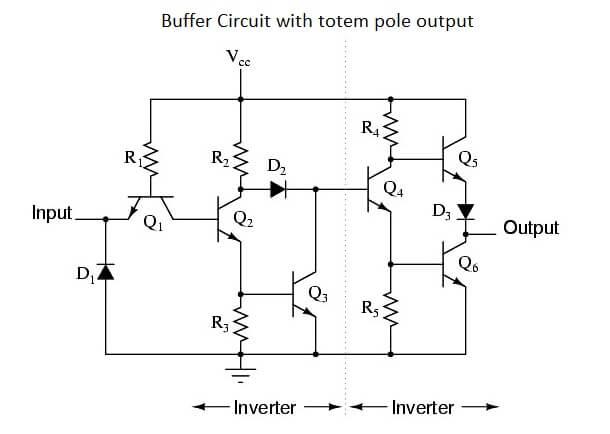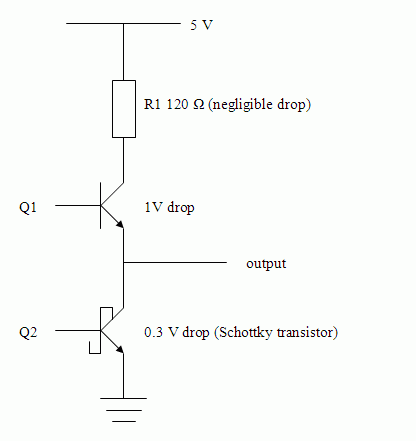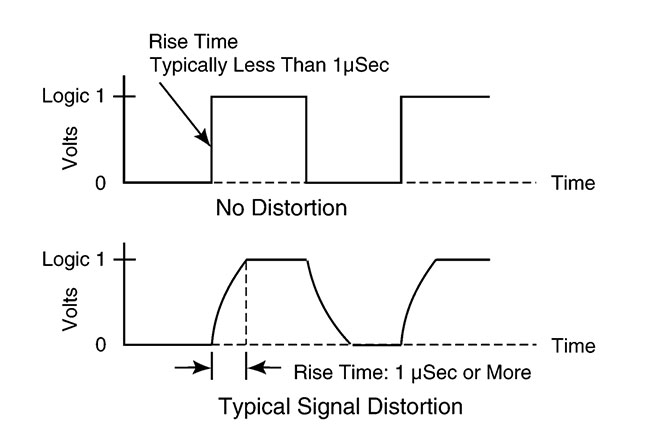
having at least two inputs acting on one output Inverting circuits


OF DE reassignment NATIONAL SEMICONDUCTOR CORPORATION, A CORP. Google has not performed a legal analysis and makes no representation as to the accuracy of the date listed.) Filing date Publication date Assigned to NATIONAL SEMICONDUCTOR CORPORATION, A CORP. Original Assignee National Semiconductor Corp Priority date (The priority date is an assumption and is not a legal conclusion. Google has not performed a legal analysis and makes no representation or warranty as to the accuracy of the list.) Google has not performed a legal analysis and makes no representation as to the accuracy of the status listed.) Expired - Lifetime Application number US06/412,638 Inventor David Kung Current Assignee (The listed assignees may be inaccurate.
#Totem pole output driver pdf
Google Patents Totem pole/open collector selectable output circuitĭownload PDF Info Publication number US4490631A US4490631A US06/412,638 US41263882A US4490631A US 4490631 A US4490631 A US 4490631A US 41263882 A US41263882 A US 41263882A US 4490631 A US4490631 A US 4490631A Authority US United States Prior art keywords transistor base terminal coupled circuit Prior art date Legal status (The legal status is an assumption and is not a legal conclusion. Google Patents US4490631A - Totem pole/open collector selectable output circuit More specs are needed to choose the best topology.US4490631A - Totem pole/open collector selectable output circuit But a transistor could be used in this interface. Often in half-bridge designs to prevent shoot thru, you must control Turn off faster than turn-on so diode R combinations. (Miller C) which means you can get glitches on the Vgs from flyback on the drain feedback.

However your FET is only 5 mOhms and has a reverse capacitance of 58 pF typ. It is never used as a switch at Vgs(th) because that is just the threshold where it might conduct only 100 uA. They usually specify RdsOn at -10% of common supply voltages. This can range from 2 to 4V for older styles or higher voltage FETs or be <=1V for the "logic Level" type FETS which makes the transistors useless here as these were not available 40 yrs ago when your schematic image was probably created.Ĭonclusion: Consider that a history lesson and choose Logic Level FETs rated for at least 5x to 10x the current you intend to use and the Vdd you are using. So the bottom line is that not only does it not help drive the FET due to the voltage drop of 0.7V, but it hurt the control of RdsOn of the FET by reducing the gate voltage called Vt or Vgs(th). 5V and 74ALVxx CMOS like ARM's is rated for 3.6V and half the resistance of 74HCxxx family. But modern CMOS today has RdsOn of ~ 50 Ohms +/-25% typ. So look at the emitter-follow (current amplifier) as an impedance reducer so output impedance of the emitter is Rout = Rin/ hFE, so if hFE =100 and Rin= 5k then Rout = 50 Ohms.

#Totem pole output driver series
In the previous century, when CMOS 1st came out with 4xxx series devices the output impedance was generally high to prevent shootthru power dissipation thus ~ 1k 5V and ~ 300 ohms at 15V. I don't recognize your image source, but it contradicts the general wisdom of interface a uC to a FET but may be true for an open collector comparator with a pullup resistor and thus high impedance source.


 0 kommentar(er)
0 kommentar(er)
